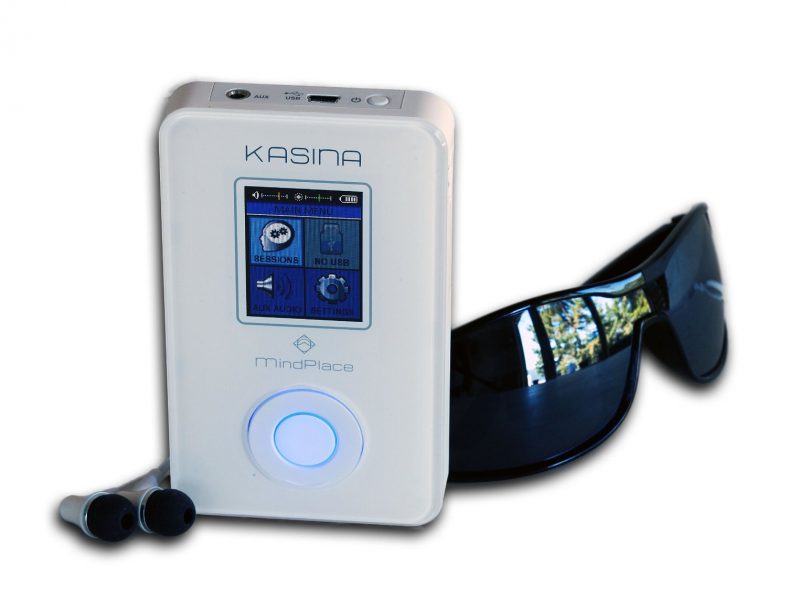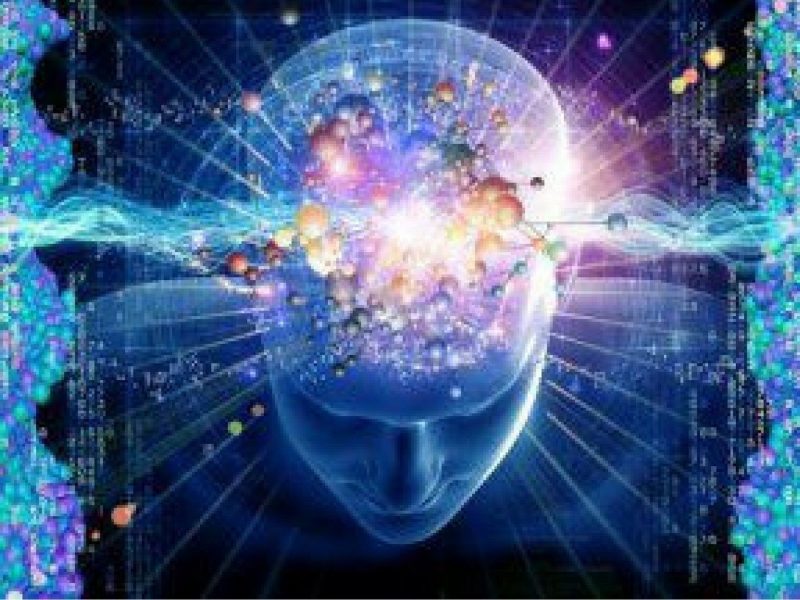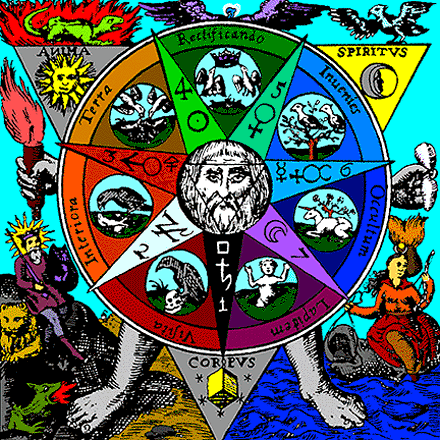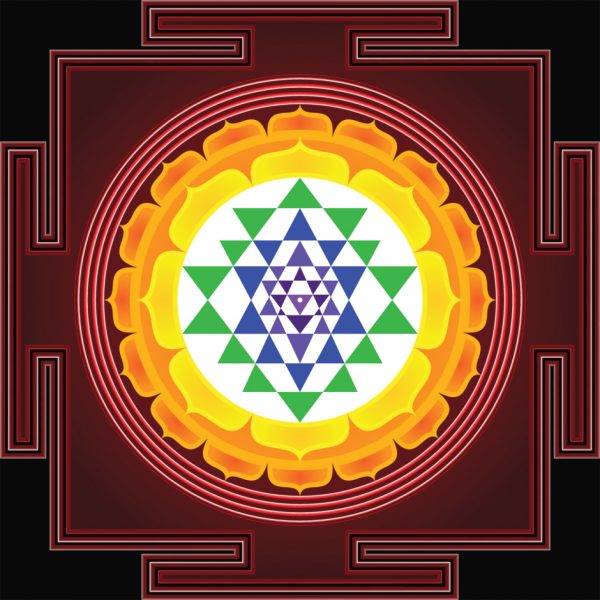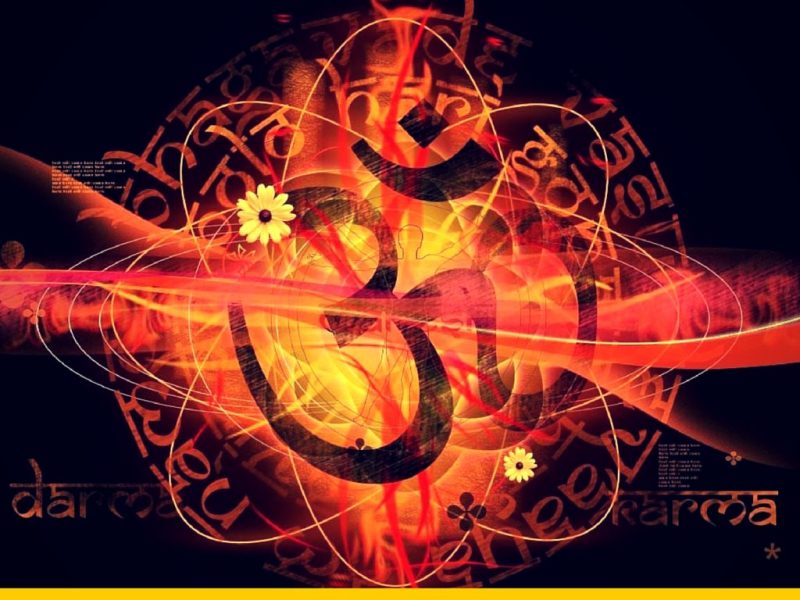Liber XVI is a meditation described by Aleister Crowley. The details and the entire sequence for the meditation are beyond the purpose of this entry, however, examining the first line of the meditation is a useful practice.
To paraphrase, one is to look within one’s mind as carefully as possible and find the spot in the brain where subjective experience suggests that your thought arises. If you can’t find that spot, then find the spot where you judge your thoughts.
I am fully aware that there is not an identifiable location in the brain where one can measure thoughts as they arise. This is of no matter.
Practice this a bit, and consider what this subjective sense means to you or suggests regarding the reality of thoughts.
Where do they come from?
This is somewhat akin to the yoga aphorism: “I have thoughts, but they are not me. I have emotions but they are not me.” Perhaps an aphorism that would bring some sanity to the world of division.
Nevertheless: does it mean anything that you can identify where “thoughts come from?” And if so, where were they before you experienced them?

